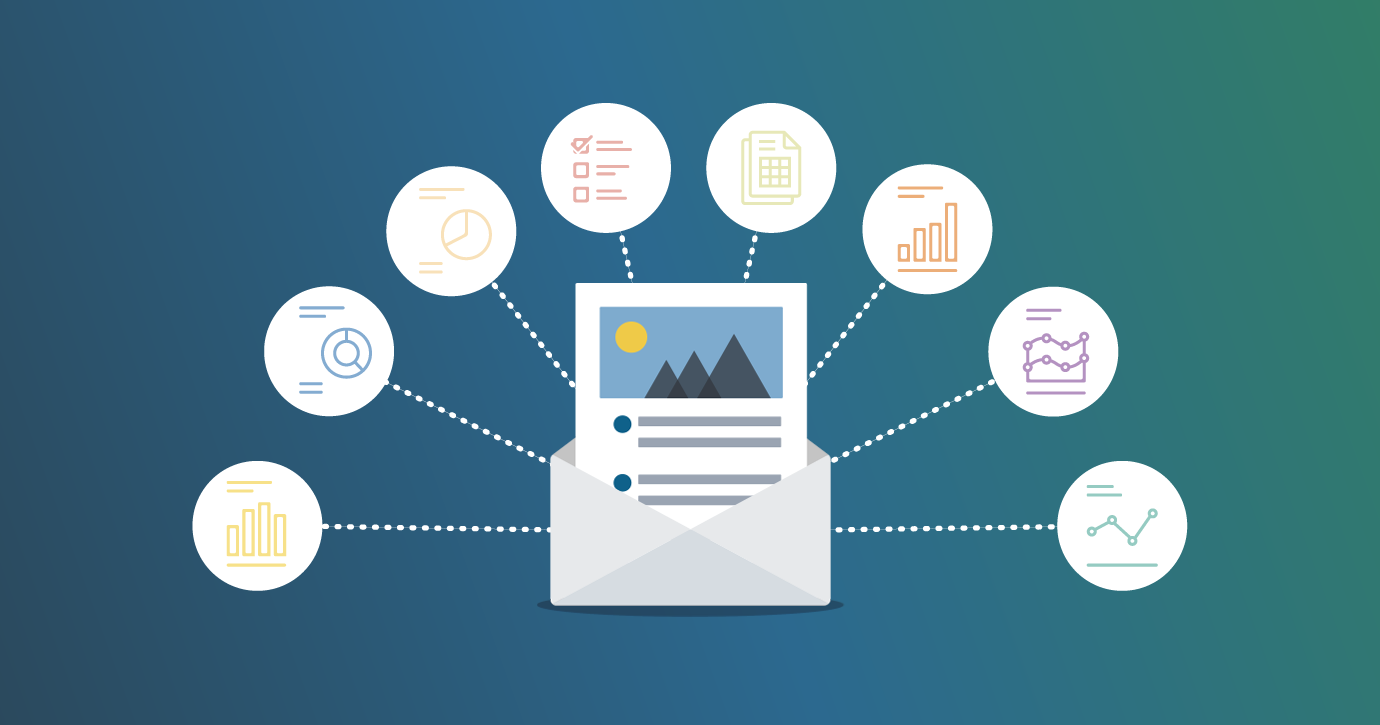How to combat email fatigue and stand out in crowded inboxes
Think about the last time you opened your inbox, only to find tens, perhaps even hundreds of marketing emails waiting for you. The time it would take to open and read each one is unthinkable, and so you naturally scroll through looking for those that you either recognise and want to read, or those that perhaps you don’t recognise but are intrigued by. The rest? We don’t speak about the rest...
As email marketers, the objective is for our content to first be in the bracket of those emails your target audience don’t recognise but want to read, and eventually those they actively look for. That then opens the door for those all-important clicks and conversions.
In this blog, we’ll look at what email fatigue is and how to combat it with standout emails that will have your targets waiting for your emails to land and engaged when they do.
What is email fatigue?
Email fatigue – also known as email burnout – is very much a real thing and exactly what it sounds like. Rather than being stressed by a job role, for example, email fatigue is caused by - you guessed it - emails! To be specific, a barrage of emails that are irrelevant, useless, sent too frequently and, eventually, annoying.
The issue with email fatigue is that it can result not only in poor engagement and increased unsubscribe rates for your email marketing campaign, but it’s also a bad look for your brand, potentially impacting your reputation.
How to cut through the noise and combat email fatigue
There are a few ways you can ensure your email marketing activity doesn’t strike fear or loathing into the hearts of your target audience, let’s dive in:
Create an ‘open worthy’ email
While high clicks and conversions are the golden egg for any email marketer, there is only one way to achieve that, and it is to have a strong openability – this is your differentiator. Knowing that your email is being opened – not just delivered - tells you whether your approach is the right one for the inbox owner or if it needs some work.
There are three key components to crafting an ‘open worthy’ email:
- Sender Name/Email Address – Sending your email from a consistent, trusted address is a great step to building a good relationship with your targets. Avoid a ‘noreply@’ style email to build trust and familiarity.
- Subject Line – No doubt a tip you’ve heard before, but a great subject line really does make all the difference. Not just telling your intended reader the content of your email, a really good subject line will spark curiosity. Keep them under nine words to inform without giving the game away.
- Preview – Preview text is another chance to entice a recipient into opening your email, and with AI summaries and grouping now embedded into most mailboxes, strong preview text is even more important. Expand on your subject line as opposed to repeating it but be sure to keep it clear and concise to avoid confusion.
When done right, these three components work together to craft an email that is truly ‘openable’. Follow it with email content that is personalised, targeted and clear and you’ve got a killer combination on your hands.
Segmentation and personalisation
That ‘open worthy’ email we mentioned above? It is useless without effective segmentation and personalisation. In fact, think of these tactics as two halves of the same coin – useless without one another but highly valuable when paired.
Segmentation means identifying your target audience and grouping them according to factors such as their behaviour, role and interests, for example. Knowing the specifics of who you're targeting and with what means you can effectively tailor your content - including those key components above – appropriately, ensuring that your message and/or offering is specific to what each is looking for.
In fact, research suggests that emails with personalised subject lines are 26% more likely to be opened. Remember, that could be the difference between spam and sale.
Monitor your frequency
One of the main causes of email fatigue is being overwhelmed by the sheer number of emails being received; instead of reading your emails, recipients either send them to spam, delete them altogether or are pushed to the point of unsubscribing.
A managed campaign will likely come with the right approach, but if you are managing your own email marketing it can be hard to know how to strike the correct balance. The key is to be intentional – decide on your overall objective and then build out your email journey from there.
For example, if your goal is to develop leads for a new product, a three or four-step campaign – each with its own separate objective and call to action – will offer enough information to garner interest without being a nuisance. This could include a brief introduction to the product and a prompt to get in touch to find out more, a video delving deeper with a prompt to speak to the team, and a final email featuring a case study and discount code perhaps, to get people over the line.
However, ensure that your responses are automated to react according to your recipients’ behaviour – a great campaign can be ruined by a prospect receiving a follow up to something they are already invested in or have already responded to.
There are many more ways in which you can stand out from your competitors to cut through crowded inboxes – such as ensuring you are using a clean email list (and keeping it clean!), optimising your email for mobile devices, and testing your campaigns to find the best approach for your audience. To find out more or to enquire about managed email campaigns, get in touch with a member of our team: https://acquirz.co.uk/contact.

 By
By

